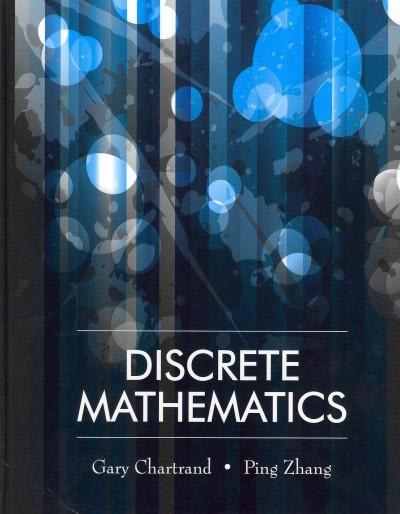Answered step by step
Verified Expert Solution
Question
1 Approved Answer
An ordinary die is fair or balanced if each face has an equal chance of landing on top when the die is rolled. Thus the
- An ordinary die is "fair" or "balanced" if each face has an equal chance of landing on top when the die is rolled. Thus the proportion of times a three is observed in a large number of tosses is expected to be close to 1/6 or0.16
- -
- .
- 0.16-.Suppose a die is rolled 240 times and shows three on top 36 times, for a sample proportion of 0.15.
- Find the probability that a fair die would produce a proportion of 0.15 or less. You may assume that the normal distribution applies.
- Give an interpretation of the result in part (b). How strong is the evidence that the die is not fair?
- Suppose the sample proportion 0.15 came from rolling the die 2,400 times instead of only 240 times. Rework part (a) under these circumstances.
- Give an interpretation of the result in part (c). How strong is the evidence that the die is not fair?
Step by Step Solution
There are 3 Steps involved in it
Step: 1

Get Instant Access to Expert-Tailored Solutions
See step-by-step solutions with expert insights and AI powered tools for academic success
Step: 2

Step: 3

Ace Your Homework with AI
Get the answers you need in no time with our AI-driven, step-by-step assistance
Get Started


